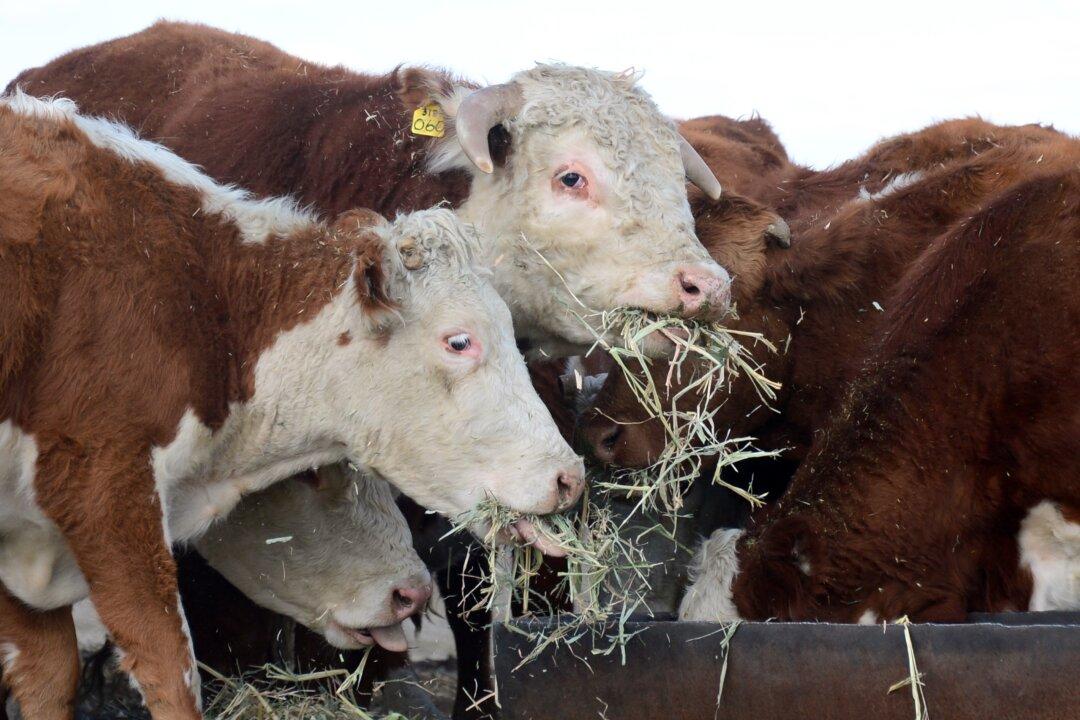Dottie Overland’s pigs get larger every day, but her family may never get a chance to eat them.
With the cost of farm feed rising to unprecedented levels, buying feed for 10 pigs has become prohibitively expensive for Overland. “Our intention was to grow them for us. We were going to butcher them ourselves,” she told The Epoch Times. “It’s disappointing.”




